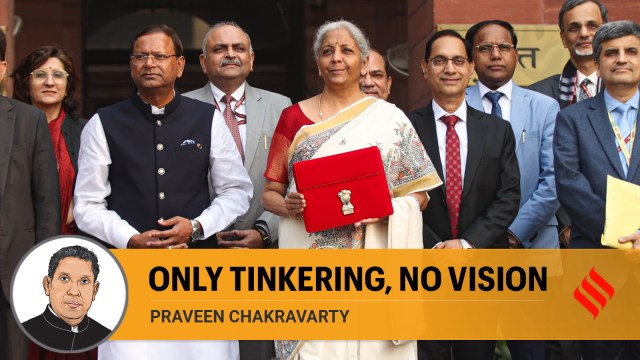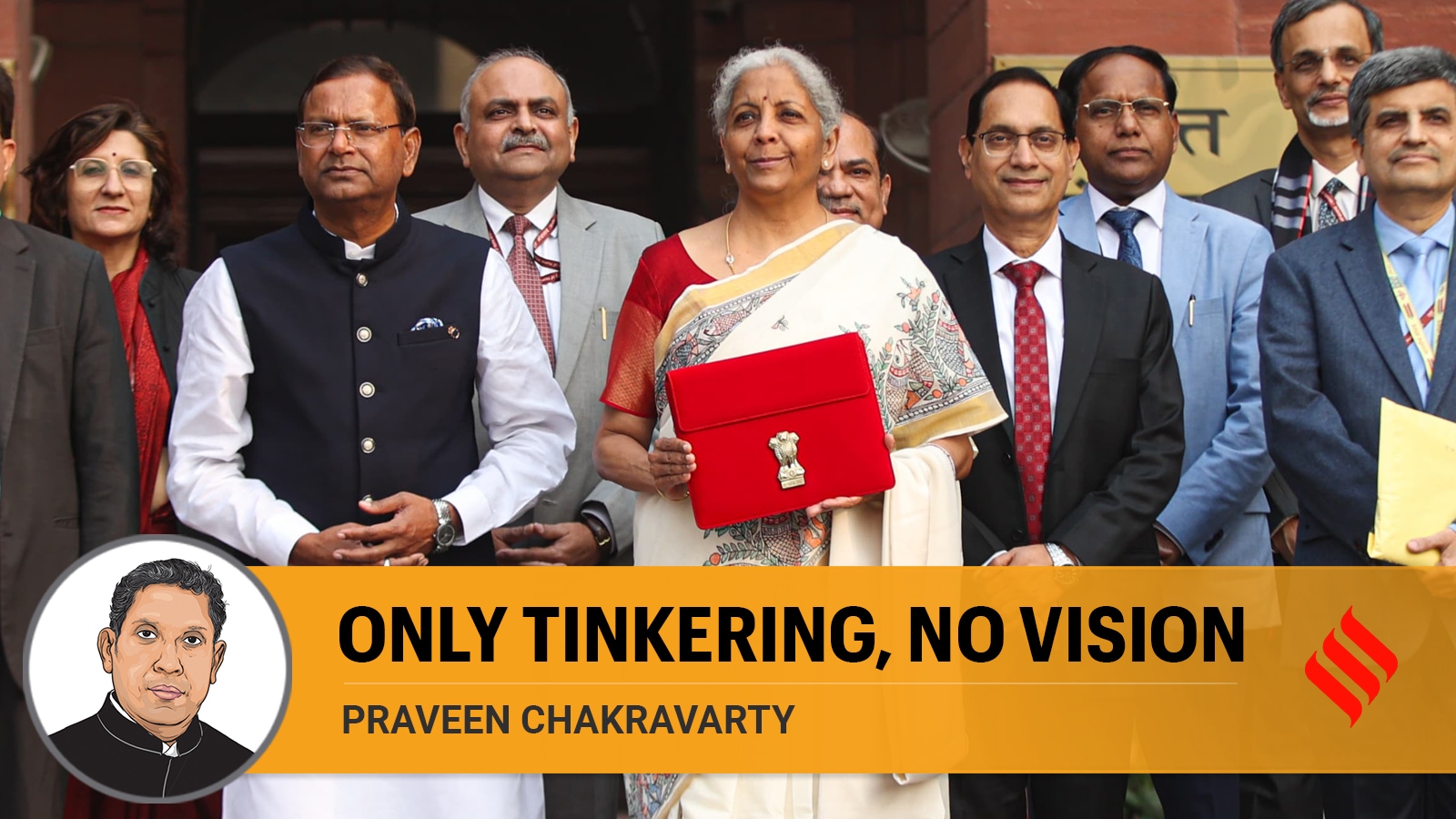

Feb 2, 2025 14:30 IST First published on: Feb 2, 2025 at 07:10 IST
“Get out of the way and trust people, we must, for we have no other choice,” said the 2025 Economic Survey presented by the Finance Minister’s Chief Economic Advisor. Evidently, the walls between their offices in North Block are too thick and the message did not reach the FM. The FM in her budget speech, presented the day after the CEA’s Survey, uttered the phrase “we will remove” (aka “get out of the way”) only twice but mentioned “we will set up” (aka “get in the way”) 20 times! This sums up Budget 2025.
There were expectations of a paradigm shift in India’s economic policy approach akin to the landmark reforms of 1991. Manmohan Singh would have endorsed the urgency for a radical shift in India’s economic thought amid rapidly shifting geopolitical and geo-economic winds. Alas, he would have been deeply disappointed in the budget, which was well-intentioned tinkering at best and insipid and visionless at worst.
Story continues below this ad
India’s budget is not merely an accounting exercise but the only platform for the government to present its economic vision. Big questions of capital-labour imbalance, increasing economic nationalism across the world, weaponisation of trade and import dependencies, GDP growth not translating into jobs and social mobility, India’s spatial economic divergence and its ramifications and so on, loom. What we heard from the FM was largely campaign rhetoric for Bihar.
The nation wanted to hear the FM boldly proclaim that India would seize the opportunity to grab global market share from China and boost exports through an overhaul of import duties, flexible exchange rate, and bi- or multilateral trade agreements. Instead, we heard the FM announce that “two more types of shuttle-less looms will be added to the list of fully exempted textile machinery”, a reduction in customs duties for “frozen fish paste” and exempt duties for “wet blue leather”.
We wanted to hear the FM proclaim that India will embark on a mission to participate in the global rush for strategic minerals through a liberalised exploration and mining policy using ecologically sensitive technologies that can generate jobs. Instead, the FM announced that the government will reduce customs duties for “2 more minerals and exempt cobalt powder and lithium iron scrap”.
Story continues below this ad
Millions of youth waited with bated breath for the FM to give them an update on the “Internship Scheme” in the last budget. The silence on it was deafening. The fine print revealed that the government spent only Rs 380 crore out of the Rs 2,000 crore it had budgeted for this “flagship” programme.
Last year’s budget announced an Employment Linked Incentive scheme to complement the Production Linked Incentive scheme, which signalled a structural shift in economic policy from trickle-down economics to a direct labour market incentive to corporates for formal job creation. This was needed to correct the capital-labour imbalance in India’s economy. But there was no mention of it in this year’s budget. Instead, the new employment idea was the creation of a Makhana Board for Bihar’s makhana farmers.
The “elephant in North Block” was the lack of private investment. Gross fixed capital formation by the private sector fell from 31 per cent of nominal GDP during UPA 1 to 19.7 per cent during Modi 2.0. The lack of enthusiasm by the private sector to invest has forced the government to spend indulgently to stimulate the economy over the last decade, which is unsustainable. Over several years, the FM swerved from wooing the corporate sector through surprise tax cuts to nudging them through production-linked incentive schemes to cajoling them through sweet-nothings to finally reprimanding them for being unpatriotic and not reposing faith in the Supreme Leader. If only the corporate sector and the economy were like a BJP worker that could be ordered to invest and grow — and expected to obey. Budget 2025 finally decided to stimulate spending and consumption in the hope of triggering investment by the private sector.
The increase in income tax exemption threshold up to Rs 12 lakh could benefit roughly 1.5 million people. While this is welcome, it is unclear how much of a consumption boost this can generate.
A bolder, more reformist budget would have announced a structural shift in our taxation structure to correct the direct-indirect tax skew from 35-65 to at least 50-50 by committing to reduce and simplify the GST rate structure. While specific GST rates are decided by the GST Council and not by the Centre alone, a commitment by the FM to reduce rates would have sent a strong signal about a low-tax era. Reduction in GST rates has a far greater propensity to boost consumption but yet again, the government lacked imagination.
Overall, Budget 2025 poured cold water on the expectations for a radical and reformist budget. At a time when nations from Argentina to America have come to terms with the need for a radical overhaul in their economic approach, it’s a pity that India missed an opportunity. Contrary to her CEA’s advice, the FM neither got out of the way nor inspired trust and confidence.
The writer is chairman of All India Professionals’ Congress


